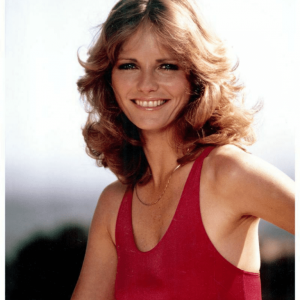Let’s be honest—we don’t spend much time thinking about toilet paper, much less its color. But when my five-year-old son asked, “Why is toilet paper always white?”, I paused. Not because I knew the answer (I didn’t), but because it made me realize how often we overlook the most basic things in life.
That one innocent question led me down a rabbit hole of history, psychology, manufacturing, and even marketing. Turns out, there’s a lot more to white toilet paper than meets the eye. So buckle in—we’re about to unravel this tissue mystery.
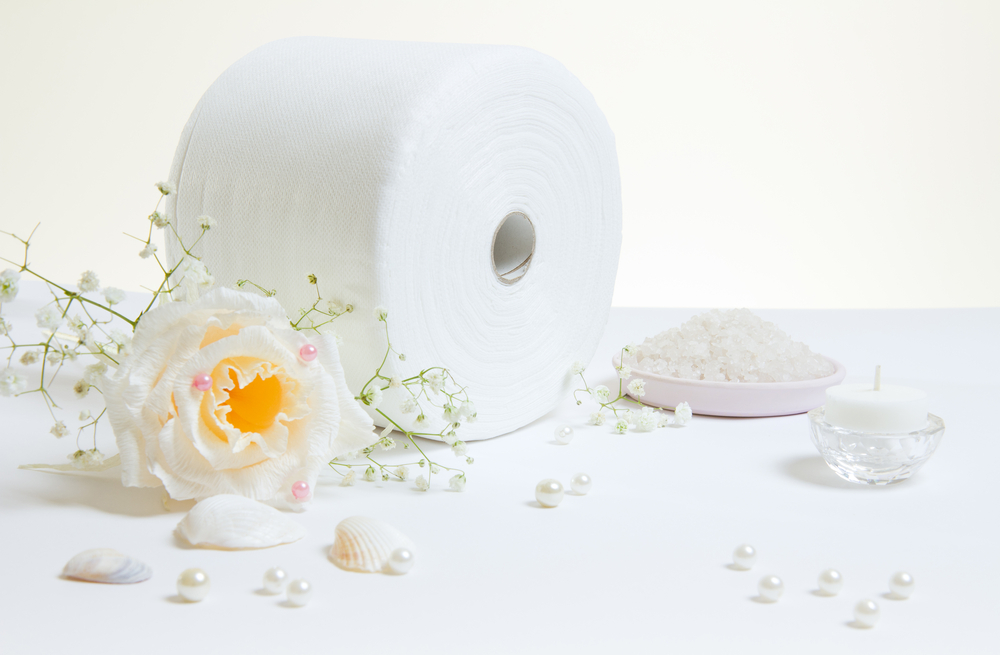
Why White Became the Gold Standard for Toilet Paper
Colorful Beginnings and a Shift in Preferences
Toilet paper wasn’t always white. In fact, back in the early 20th century, you could find rolls in pastel pink, blue, peach, and even floral patterns. So what changed?
Consumer habits, for one. Over time, white came to symbolize cleanliness. As bathrooms evolved into sleek, neutral-toned spaces, white toilet paper simply fit better. It was clean, minimal, and matched everything.
Plus, manufacturers realized that producing one consistent color (white) was cheaper, simpler, and more scalable. Suddenly, white wasn’t just a design choice—it was a business decision.
Video: Why Toilet Paper is White
How the Manufacturing Process Shapes the Color
It’s Not Just Bleach—it’s Precision Engineering
Let’s talk pulp. Toilet paper starts as wood pulp or recycled fibers. To make it soft, strong, and absorbent, manufacturers process it through pulping machines, add softeners, and yes—bleach it to remove impurities.
But here’s the kicker: the whitening isn’t just cosmetic. It also improves texture. Bleached fibers are smoother and more refined, which helps create the plush softness we all expect from a good roll of TP.
And while “bleaching” might sound harsh, most modern processes use elemental chlorine-free (ECF) or totally chlorine-free (TCF) methods to minimize environmental impact.
The Psychology Behind the Color White
Clean, Safe, Pure—and Universally Acceptable
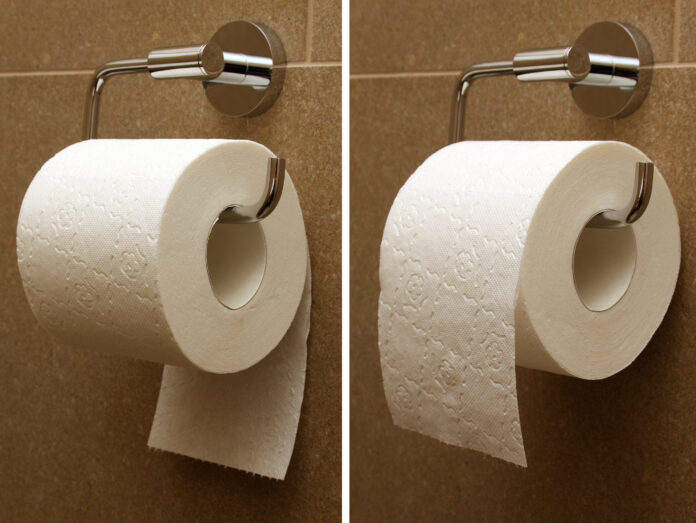
There’s a reason hospitals use white sheets and brands package their hygiene products in crisp, bright packaging. White is linked to purity, cleanliness, and trust. When you see white toilet paper, your brain instantly equates it with “sanitary.”
This mental association is no accident. Brands lean heavily on color psychology to influence consumer perception. And since toilet paper is, well, a deeply personal product, white is the safe, neutral choice that reassures users without shouting for attention.
Why Colored Toilet Paper Fell Out of Favor
It Was Fun—But Not Practical
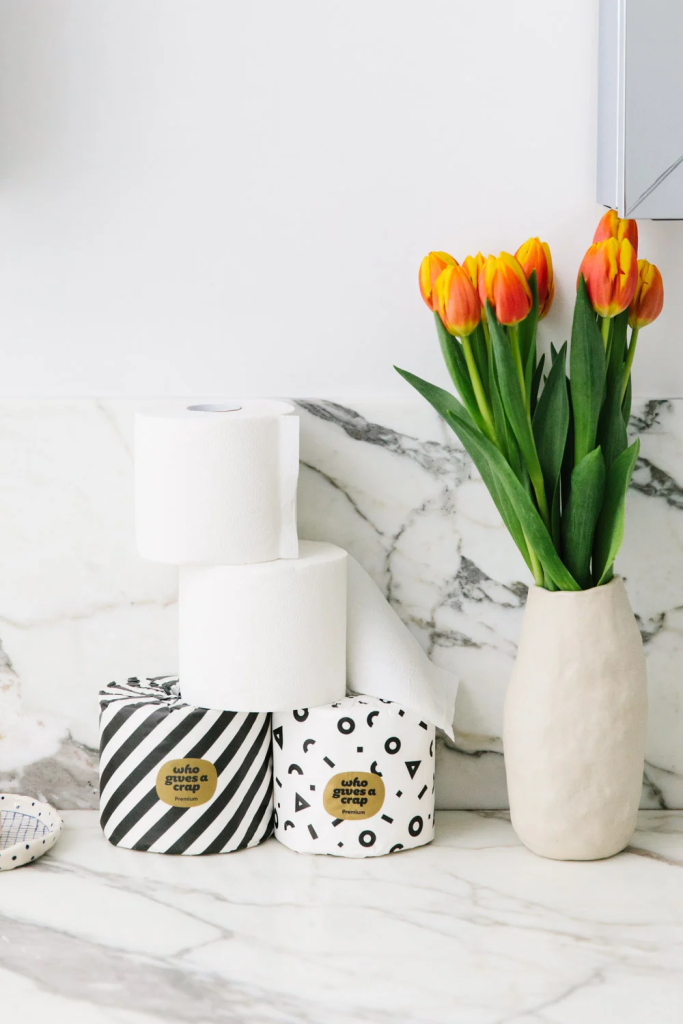
Back in the ‘70s, colored toilet paper was all the rage. Think pink rolls to match pink sinks. It was a vibe. But then things shifted.
Health concerns about dyes, especially for sensitive skin, started to surface. Plus, the environmental footprint of coloring toilet paper—extra chemicals, more processing—didn’t align with rising awareness around sustainability.
Add to that the higher manufacturing cost, and the colorful craze eventually faded. Today, most companies stick to the white stuff—cheaper, cleaner, and safer for everyone.
Economic and Environmental Impact of White TP
Efficiency Wins the Race
Here’s a behind-the-scenes secret: producing just one color of toilet paper makes life a lot easier for manufacturers. They don’t need to recalibrate machinery or stock multiple dyes. Fewer variables mean faster production and lower costs.
And from an eco standpoint, white toilet paper can actually support recycling. The bleaching process used today is safer and allows for the use of post-consumer materials—meaning your paper might’ve had a previous life.
So while bleaching does use resources, it’s more sustainable than it seems—especially when balanced with recycled content.
Are Alternatives Making a Comeback?
Video: Why White Toilet Paper Is Popular Than Colored Toilet Paper?
Kind Of—but It’s Niche
If you’re craving something different, there are options out there. Boutique brands offer pastel-hued or printed toilet paper, often with a luxury or eco-conscious angle. Some even make TP from bamboo or sugarcane, which is naturally beige in tone.
But these remain specialty items. Most consumers stick with white because it’s familiar, widely available, and simply… works.
A Five-Year-Old’s Curiosity Sparked a Bigger Lesson
Sometimes It Takes a Child to Make You Wonder
My son’s question started as a giggle-worthy moment. But it became something more. It reminded me how easily we glide past the everyday—until someone younger, someone curious, makes us stop and really see.
We ended up researching together, watching how paper is made, and even checking different brands at the store. It turned into a mini adventure—one roll at a time.
And in the end, we both came away with more than just a fun fact. We rediscovered that learning doesn’t have to be flashy or profound. Sometimes it lives in the ordinary, waiting to be unrolled.
Conclusion: The Little Details Matter More Than You Think
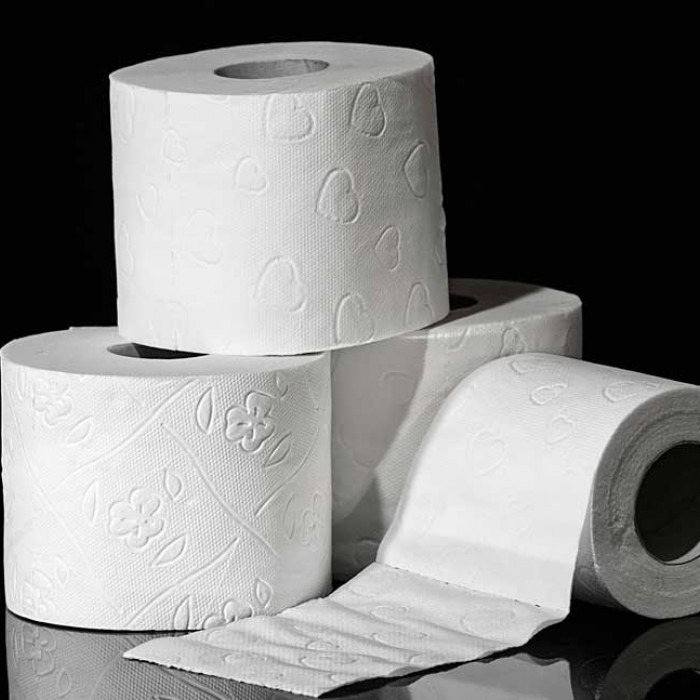
Toilet paper isn’t just white because of tradition or marketing—it’s white because of a perfect storm of history, psychology, practicality, and efficiency. What seems like a small design choice is actually a reflection of how we think, what we trust, and how we’ve adapted over time.
So the next time you reach for that soft, snowy roll, give it a second look. You’re not just holding toilet paper. You’re holding a piece of smart, thoughtful design born from decades of innovation—and a child’s innocent curiosity
